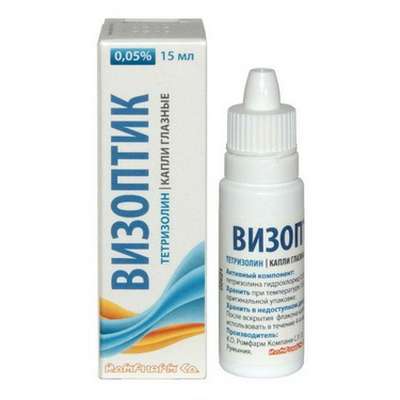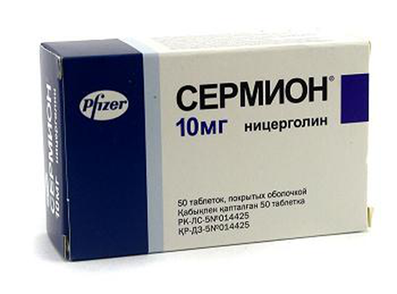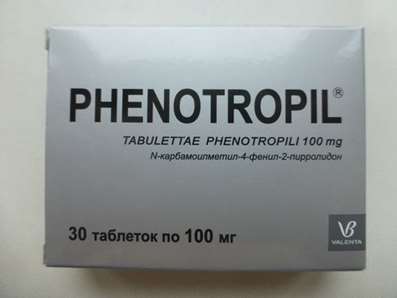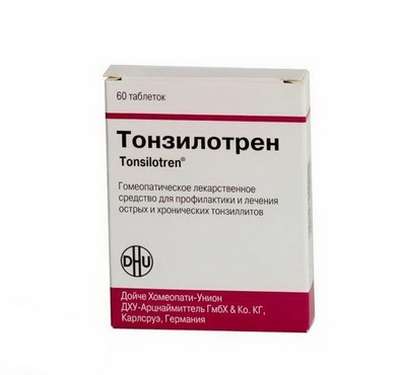Clozapine
22 Jan 2018
Clozapine is an antipsychotic drug (neuroleptic). Historically, this is the first atypical antipsychotic (started in 1971, approved by the FDA in 1989). Unlike other antipsychotics, it usually does not cause extrapyramidal disorders, and also has high efficacy against productive disorders that are resistant to other neuroleptics, but should be used under the strict supervision of a physician due to possible effects on the cellular composition of the blood. Common name - azaleptin
Trade names: Azaleptin, Leponex, Azaleprol, Klozasten, Clozaril, Alemoxane, Azapine, Azaleptol, Azalepticon, Skizoril.
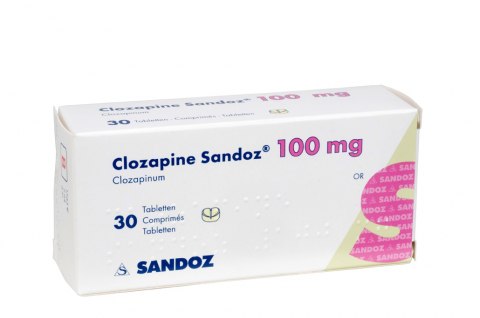
Clozapine was historically the first representative of the class of so-called "atypical antipsychotics," that is, antipsychotics that differ from the traditional low probability of extrapyramidal side effects, better tolerability and less influence on the secretion of prolactin.
Clozapine was synthesized in the 1960s. After the death of 8 out of 16 patients in Finland who developed agranulocytosis with clozapine in the 1970s, this drug was banned in the US and many other countries, but in some countries it continued to be used. In 1990, he was re-sold in the United States after finding that he was effective for schizophrenic psychoses resistant to therapy and less inclined to cause side effects characteristic for antipsychotics in general.
According to its chemical structure, it is a tricyclic compound having similarities to tricyclic antidepressants and partially to benzodiazepine tranquilizers.
Clozapine is in some ways "the most atypical", atypical of atypical antipsychotics, because it rarely causes extrapyramidal disorders throughout the range of clinically applicable doses, than other atypical antipsychotics such as risperidone, olanzapine (ziprex) and even quetiapine (seroquel), which at high doses approach properties of traditional neuroleptics and can cause dose-dependent extrapyramidal disorders.
Clozapine has a strong antipsychotic, moderate antimanic and moderate tricyclic-like (associated with the effect on re-uptake of monoamines) antidepressant activity in combination with pronounced hypnotic, sedative and anti-anxiety action. It blocks various subtypes of dopamine (D1, D2, D3, D4, D5), serotonin (5-HT1A, 5-HT2A, 5-HT1C), muscarinic (M1, M2, M3, M5), histamine (H1) and adreno- ( α1, α2) receptors; has the properties of agonism to M4-receptors.
Self-antidepressant effect (blockade of monoamines re-uptake) in clozapine begins to occur at doses of the order of 150-200 mg / day, lower than the doses that have a pronounced antipsychotic effect (300-600 mg / day), but higher than the doses at which begins to manifest nonspecific anti-anxiety, hypnotics and sedation (25-50 mg or more, depending on the degree of excitation and anxiety).
In connection with very strong anti-anxiety activity, clozapine shows special selectivity for acute depersonalization syndrome, quickly, strongly and selectively eliminating the sharply emerging depersonalization and derealization in patients with depression. The efficacy of clozapine for chronic depersonalization is much lower, but it is also very significant.
Does not cause a strong general oppression, like chlorpromazine and other aliphatic phenothiazines.
Clinical improvement with clozapine therapy in individuals with schizophrenia is much more common than with typical antipsychotics. It is characterized by high efficiency in relation to productive symptoms, including those resistant to the action of other neuroleptics. Effective at the risk of suicide, persistent hostility and aggressiveness. With regard to cognitive impairment, the results of clinical trials produced conflicting results: clozapine improved in one measure, in others it did not affect cognitive impairment, or even worsened. There is evidence that clozapine can cause symptoms of obsessive-compulsive disorder in patients with schizophrenia due to its pronounced antiserotonergic effect.
A low proportion of extrapyramidal disorders (0-20%), absence of late dyskinesias are associated with agonistic effects on dopamine D2 receptors in the mesocortical region of the brain with simultaneous suppression of dopaminergic activity in the mesolimbic pathway. Central muscle-relaxing effects are associated with the effect of the drug on GABA receptors.
Indications
For no indication, the drug can not be used as a first-line agent in connection with the frequent (1-2%) development of a terrible and sometimes deadly complication - granulocytopenia, up to agranulocytosis and aplastic anemia.
Clozapine is indicated in patient resistance to other antipsychotics (if at least two traditional antipsychotics taken in the usual dosage over a long period of time do not improve the clinical or subjective state), as well as the occurrence of severe side effects, mainly extrapyramidal, in the treatment other neuroleptics. It is necessary to guarantee the implementation of appropriate medical and control measures, which determine the need for a material and technical base for blood control and special training of medical personnel.
In antipsychotic doses (300-600 mg / day) are used for hallucinatory-delusional, catatonic-gabeferic, catatonic-hallucinatory states and states of psychomotor agitation in schizophrenia, with manic syndrome in the bipolar affective disorder. In some cases, the drug is effective in resistance to treatment with other antipsychotics (neuroleptics).
In small doses (12.5-25-50 mg / day), the drug is often used as a hypnotic, sedative and anti-anxiety for insomnia and sleep disorders of various origins, with anxiety, neuroses, anxious and agitated depression, depressions with depersonalization. It is also used in cases of psychopathy in excited patients, with aggressiveness, dysphoria, affective fluctuations and disorders.
In antidepressant doses (150-200 mg / day and above) it is sometimes used as an independent antidepressant in endogenous depressions, primarily with depersonalization syndrome, anxiety, agitation, agitation, severe insomnia or accompanied by psychosis.
Frequent use of clozapine to achieve sedation and as a hypnotic is subject to criticism in highly authoritative sources as not consistent with its main profile of indications for use in therapy. It is noted that clozapine in many cases is appointed without sufficient reason and not for the intended purpose, without taking into account the risk / benefit ratio.
With an overdose of clozapine, depression of consciousness can develop until the development of coma, as well as symptoms associated with holinoliticheskim action (tachycardia, delirium), epileptic seizures, respiratory depression, extrapyramidal disorders. When taking a dose exceeding 2500 mg, there is a risk of death.

 Cart
Cart

